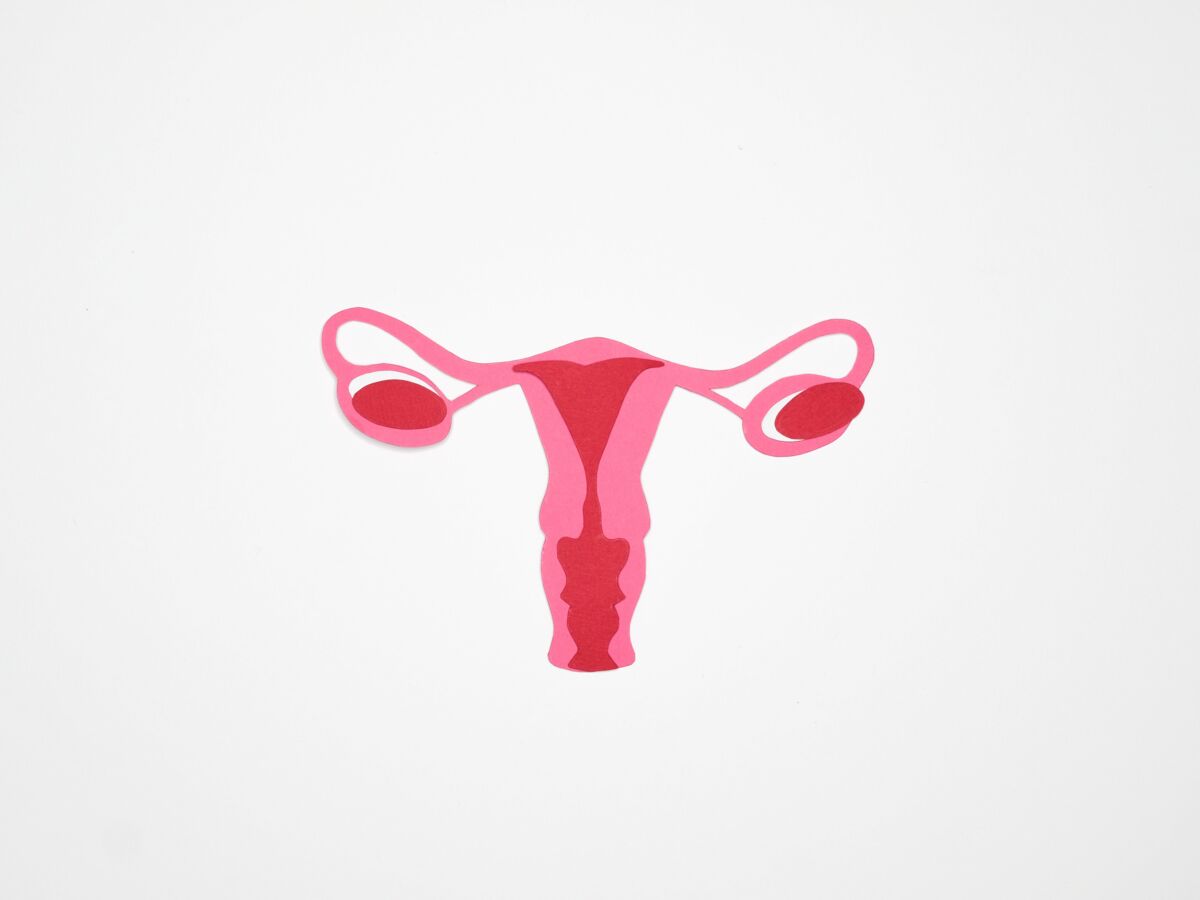They are called “borderline tumors” or even “tumors of attenuated malignancy” and they are found on the ovaries. In the majority of cases, they are detected in women between 20 and 40 years old. They are not cancers strictly speaking, and their prognosis is good, but they still need to be treated. Professor of medicine and medical oncologist Isabelle Ray-Coquard, member of the Initiative for patients with gynecological cancers (IMAGYN)answers all the questions about these rare tumors.
Borderline ovarian tumors: cancer or not cancer?
“Borderline tumors of the ovary are lesions which have certain abnormalities, particularly microscopic, common with cancers, however they are not “cancer” in the strict sense of the term”, notes the website of the ‘Initiative. If we call them “borderline”, according to Isabelle Ray-Coquard, it is because they are not malignant, not cancerous, but they present a risk of recurrence, “it is a way of expressing the uncertainty inherent in these tumors,” she emphasizes.
This type of tumor is particular in the sense that – initially at least – it cannot cause metastases and endanger the vital prognosis of patients, introduces the oncologist. But that does not mean that they have no impact on their lives: the borderline tumor is mainly a threat to fertility (at least on the ovary on which it is placed). But the doctor emphasizes that it happens, in certain cases, that tumor cells undergo a genetic mutation (which we do not yet know how to explain) and that they become cancerous. This can result in low-grade serous cancer.
If the borderline ovarian tumor does not spread throughout the body as a cancer does with metastases, sometimes what are called “implants” are found. These are borderline cells, which break off and sometimes move to settle on the peritoneum.
Symptoms and treatment of borderline ovarian tumor
That said, in the majority of cases, the borderline ovarian tumor is detected at a localized stage, on the ovary. “She leads pain that alerts patients, or if they are very thin, a palpation of the lower abdomen allows them to feel a lump,” specifies the oncologist. Then, a gynecologist performs an ultrasound to confirm the diagnosis. Once the borderline tumor is proven, we seek to determine its type, to know whether it has a high risk of recurrence or not. From there, we decide what type of surgery to do.
“If there is a risk of recurrence, we offer a fertility preservation before surgery, to allow women to be able to have a child if they subsequently wish. First-line surgery, when possible, consists of removing only the tumor while preserving the ovary. When this is not technically possible, the tumor and the ovary are removed. We always opt for the most conservative and feasible surgery,” specifies Isabelle Ray-Coquard.
But she adds that to preserve the ovary, the surgery must be carried out very well, that nothing of the tumor remains, because if the removal is not complete “the risk of recurrence increases, and the more it If there is a recurrence, the risk of it turning into cancer increases. When borderline tumors are detected, patients are advised to contact the rare tumor network.
Hypotheses on the origins of the borderline tumor
In terms of causes, there remain many unknowns, “we don’t really know where it comes from,” says the oncologist. Certain studies have been carried out and have made it possible to pose hypotheses. Scientists have pointed to the role of gonadotropin, believing that contraception inhibiting this hormone could help limit the risk. “At one point, androgens were also implicated, because women who suffered from polycystic ovary syndrome had higher levels,” she points out. Other research has estimated that having children and breastfeeding would reduce the risks, because a significant proportion of patients are elderly and nulliparous, or have not breastfed, “but these remain mainly observations”, notes l oncologist. At this stage, “the number of patients is not sufficient for good quality epidemiological studies to be launched,” she concludes.
Read also :
⋙ Cervical cancer: depending on the stages, what treatments?
⋙ What is bilateral breast cancer? Explanations from an oncologist
⋙ Dysmenorrhea: definition, causes, diagnosis, symptoms, treatment
